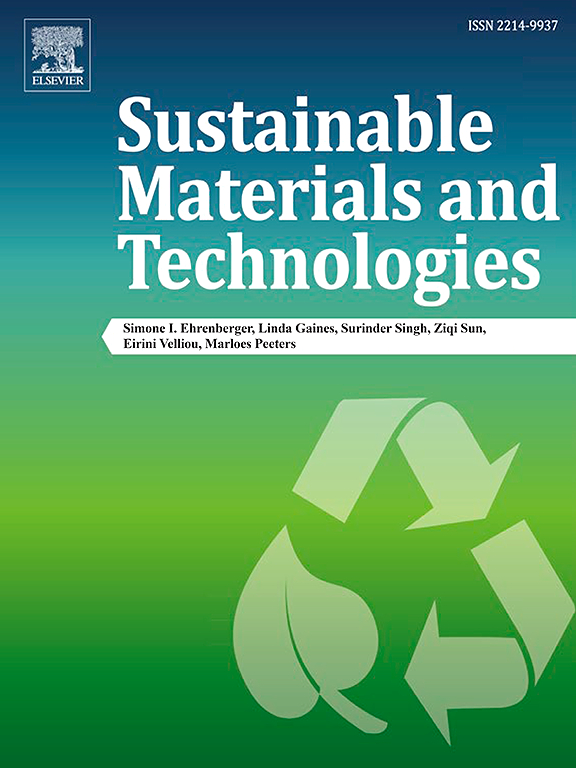3D printing of alternative proteins: Approaches, challenges and advances
IF 8.6
2区 工程技术
Q1 ENERGY & FUELS
引用次数: 0
Abstract
3D printing of food is an emerging manufacturing technique that facilitates the production of food in customized shapes using digital technologies. The approach supports high levels of customization of nutritional composition, textures, and forms, also promoting sustainable and personalized food manufacturing. With increasing global demand for sustainable and nutrient-dense protein sources, 3D printing presents a promising method for creating alternative protein-based diets with high consumer acceptance, overcoming challenges encountered with other production techniques. This review examines the pre-processing methods, post-processing techniques, post-printing stability, and material printability of diverse proteins such as those derived from plants, fungi, algae, insects, and microbes. Emphasis is given to articles and reports published during the past 5 years. Overall, adopting 3D printing technology for alternative proteins can help to better mimic conventional product counterparts and in manufacturing novel product ranges. Together, they are a synergistic game-changer in the context of sustainable food production and processing. Although the technology has promising prospects for the alternative proteins segment, the review underscores the need for further research to refine 3D food printing technology, addressing these challenges to enable the production of high-quality, palatable, and economically viable protein alternatives to conventional products.

求助全文
约1分钟内获得全文
求助全文
来源期刊

Sustainable Materials and Technologies
Energy-Renewable Energy, Sustainability and the Environment
CiteScore
13.40
自引率
4.20%
发文量
158
审稿时长
45 days
期刊介绍:
Sustainable Materials and Technologies (SM&T), an international, cross-disciplinary, fully open access journal published by Elsevier, focuses on original full-length research articles and reviews. It covers applied or fundamental science of nano-, micro-, meso-, and macro-scale aspects of materials and technologies for sustainable development. SM&T gives special attention to contributions that bridge the knowledge gap between materials and system designs.
 求助内容:
求助内容: 应助结果提醒方式:
应助结果提醒方式:


